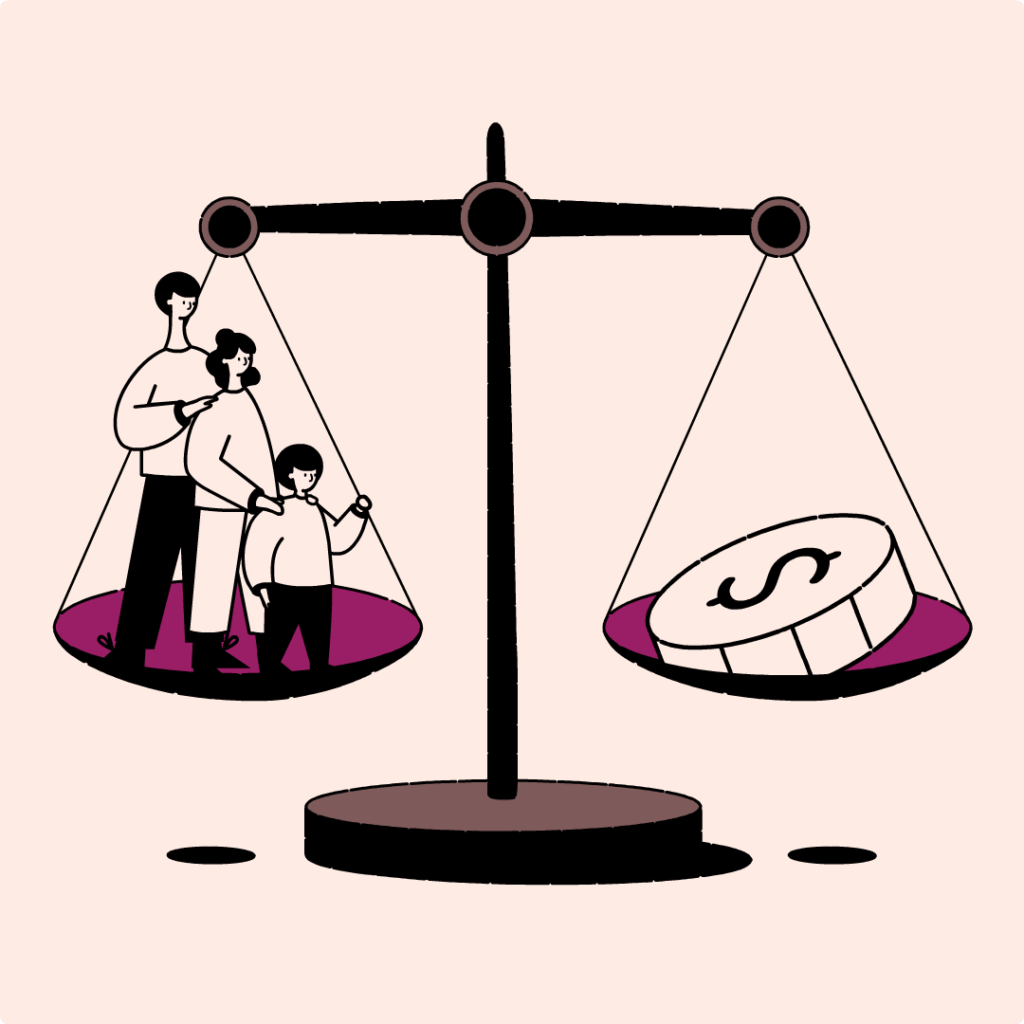The easily quotable pieces of data in this resource help tell the story of why and how health justice partnerships can help vulnerable communities.
Why health justice partnership?
Since the World Health Organization’s groundbreaking 2008 Commission on the Social Determinants of Health (CSDH, 2008), the evidence has continued to grow about how factors beyond the medical drive poor health outcomes for individuals and communities. These factors include poor-quality housing, unstable or insecure work and family breakdown.
Meanwhile, in 2012 the landmark Legal Australia-Wide survey (LAW survey) established that over one-fifth of people in Australia experience three or more legal problems in a given year. Among these issues were housing and work related issues, money issues, and family breakdown: issues also noted in this and the broader legal needs research, for their reported impact on health, particularly stress-related and/or physical illness.
Critically, the evidence further indicates that many people seek no advice for these problems, but when they do, they are more likely to ask a non-legal advisor, such as a health professional, than a lawyer.
Taken together, the health and legal evidence points to common client groups that are vulnerable to intersecting health and legal issues but who may come into contact with health services around their symptoms rather than with services that can offer legal solutions. The interconnected evidence also notes the vulnerability of these same client groups to social and environmental factors which may be shaped by law and policy, which in turn may be influenced by systemic advocacy and law reform.
Health justice partnerships respond to this evidence, and embed legal help in health care teams and services to address unmet, health-harming legal need and improve health and wellbeing.
Partnerships do this for:
- individuals, through direct service provision in places that they access
- people and communities vulnerable to complex need, by integrating service responses and redesigning service systems around client needs and capability
- Vulnerable populations through advocacy for systemic change to policies which affect the social determinants of health.
This document provides key evidence arising predominantly from Australian legal needs research, which may be useful in communicating and advocating for health justice partnerships. Information is presented below in a number of statements, along with the data and source.
Most of this evidence is drawn from the Law and Justice Foundation of NSW’s Access to Justice and Legal Needs research program, in particular the Legal Australia Wide Survey (LAW Survey) of 20,000 respondents around Australia.






